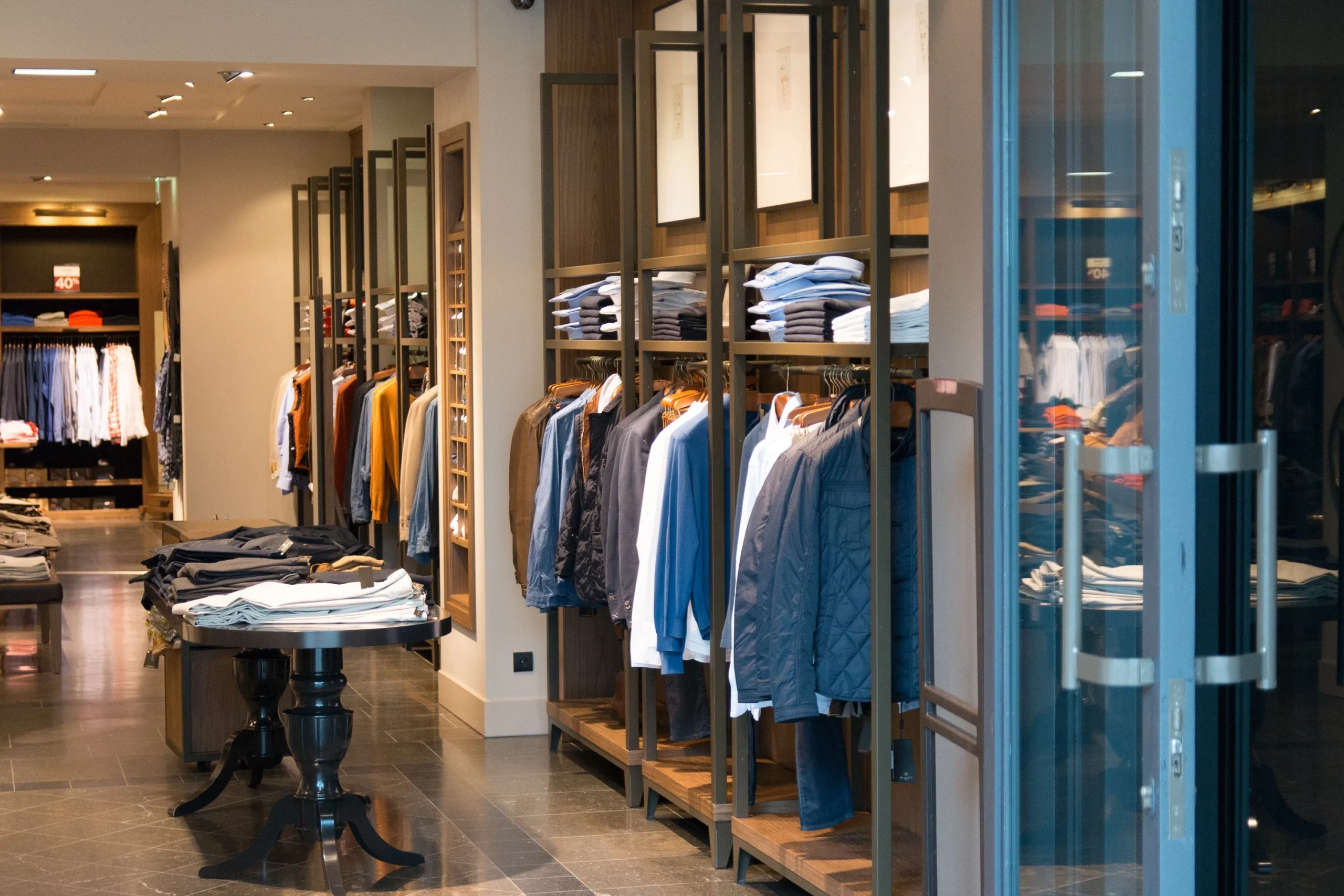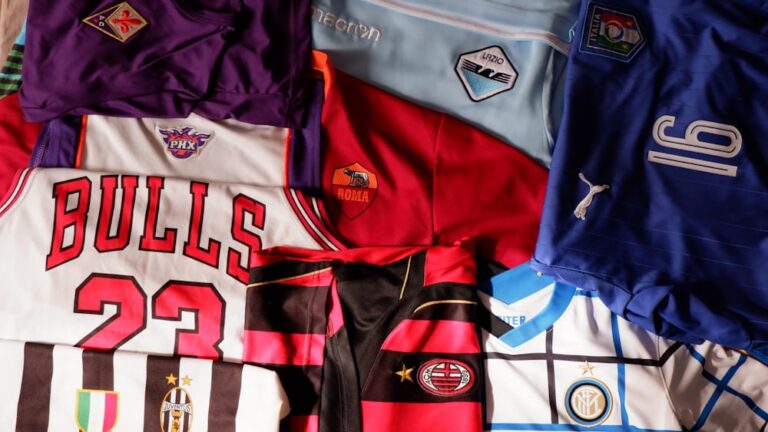The Essential Guide to Choosing the Right Retail Display Manufacturer
In today’s competitive retail environment, a well-crafted display can mean the difference between attracting customers and blending into the background. The retail landscape is crowded with products vying for attention, and as a result, the role of the retail display manufacturer has never been more important. Whether it’s a point-of-purchase (POP) display, a freestanding fixture, or an eye-catching window setup, retailers rely on their displays to communicate value, encourage interaction, and drive sales. In this comprehensive guide, we’ll explore the role of the retail display manufacturer, what to look for when choosing a partner, and why a strategic partnership can have a significant impact on your business.
The Role of a Retail Display Manufacturer
A retail display manufacturer is responsible for designing, producing, and delivering display solutions that help brands effectively showcase their products in stores. These manufacturers work with retailers and brands to create customized displays that fit within the physical space of a store while enhancing the shopping experience. Their products range from simple cardboard displays to complex multi-material structures designed for long-term use.
The key to a successful retail display is understanding the consumer’s journey. When shoppers enter a store, they are bombarded with visual stimuli. A well-designed display stands out and naturally draws the eye, highlighting the products in an appealing way. The retail display manufacturer is tasked with not only creating visually appealing displays but also ensuring that they are functional, durable, and aligned with the retailer’s brand image.
Why Retail Displays Matter
Retail displays are more than just holders for products. They serve as silent salespeople, guiding customers toward a purchase decision. Studies show that in-store displays can influence a significant portion of unplanned purchases. Whether it’s an endcap display showcasing the latest gadget or a beautifully lit jewelry case, retail displays play a crucial role in how customers interact with products.
A retail display manufacturer understands the psychology behind consumer behavior and designs displays to optimize that interaction. By positioning products at eye level, using bold colors, or creating an interactive element, these displays can create an immersive shopping experience that encourages customers to explore and engage.
Customization and Flexibility
One of the key strengths of working with a retail display manufacturer is the ability to create customized solutions. Off-the-shelf displays may work in some scenarios, but most retailers and brands require displays that are tailored to their specific needs. Custom displays allow for greater control over how products are presented, ensuring that the display aligns with the brand’s messaging, store layout, and target audience.
Customization goes beyond aesthetics. A retail display manufacturer often takes into account practical considerations such as ease of assembly, durability, and portability. For example, a brand launching a seasonal product might need a display that can be quickly assembled and disassembled, while a retailer looking for a long-term solution will prioritize durability and easy maintenance.
Moreover, many manufacturers offer modular displays that can be adapted or expanded as product lines evolve. This flexibility is crucial in today’s fast-paced retail environment, where trends can change overnight, and retailers must be able to adapt quickly to new consumer demands.
Choosing the Right Retail Display Manufacturer
When selecting a retail display manufacturer, there are several factors to consider. Each manufacturer has its strengths, and finding the right partner can make a significant difference in the success of your in-store marketing efforts.
Experience and Expertise
First and foremost, look for a retail display manufacturer with a proven track record. Experience matters, especially when dealing with complex designs, multiple materials, or large-scale rollouts. Manufacturers who have worked with a wide range of retailers and brands are better equipped to handle challenges that may arise during the design and production process.
Experienced manufacturers are also likely to have insights into industry trends and best practices, which can be invaluable in creating a display that resonates with customers. They understand the unique challenges of retail environments, such as space constraints, lighting, and foot traffic patterns, and can design displays that optimize these factors.
Quality of Materials and Craftsmanship
The materials used in retail displays are critical to both their appearance and durability. A retail display manufacturer that uses high-quality materials can ensure that the displays are not only visually appealing but also capable of withstanding the wear and tear of a busy retail environment.
From wood to metal to acrylic, the choice of materials should align with the brand’s image and the product being displayed. For example, a luxury brand may opt for polished metals and glass to convey elegance, while a tech brand might prefer sleek, modern materials like brushed aluminum or matte black acrylic.
In addition to the materials themselves, craftsmanship is equally important. The way a display is constructed will impact its functionality and longevity. Poorly constructed displays may look good initially but can fall apart over time, resulting in lost sales and additional costs for replacement or repair.
Innovation and Creativity
The retail landscape is constantly evolving, and the best retail display manufacturers stay ahead of the curve by embracing innovation and creativity. Look for manufacturers that are pushing the boundaries of traditional display design. Whether it’s incorporating digital elements like touchscreens, creating interactive experiences, or using eco-friendly materials, a forward-thinking manufacturer can help your brand stand out in a crowded market.
Incorporating technology into displays is one area where innovation can have a significant impact. Interactive displays that allow customers to engage with products digitally—by scanning QR codes for more information, viewing product demos, or customizing their purchase—can create a more engaging and personalized shopping experience.
Customer Service and Support
A great retail display manufacturer doesn’t just deliver a product; they provide ongoing support throughout the process. From the initial consultation to the final installation, the manufacturer should work closely with you to ensure that your vision is realized. This includes providing clear communication, meeting deadlines, and addressing any issues that arise during production or installation.
In addition to the production phase, consider the manufacturer’s after-sales service. Will they be available to provide support if the display needs repairs or modifications? Are they proactive in offering solutions if something doesn’t go as planned? A reliable manufacturer will offer robust customer service and be committed to the long-term success of your displays.
The Environmental Impact of Retail Displays
As sustainability becomes a growing concern for both consumers and businesses, many retailers are seeking out eco-friendly display solutions. A retail display manufacturer that prioritizes sustainable practices can help brands reduce their environmental footprint while still delivering high-quality displays.
Eco-friendly display materials, such as recycled cardboard or biodegradable plastics, are becoming increasingly popular. In addition, many manufacturers are looking for ways to reduce waste in the production process and minimize the carbon footprint associated with shipping and installation. By choosing a manufacturer that is committed to sustainability, brands can align their in-store marketing efforts with their broader environmental goals.
The Future of Retail Display Design
The future of retail display design is exciting, with new technologies and trends emerging that will reshape the way products are presented in stores. Digital integration, for example, is set to become more prominent as retailers look for ways to blend the physical and online shopping experiences.
Augmented reality (AR) and virtual reality (VR) are also poised to make a significant impact. These technologies allow customers to interact with products in new ways, such as virtually trying on clothes or testing out furniture in a digital space. A forward-thinking retail display manufacturer will be able to incorporate these elements into their designs, creating immersive experiences that enhance customer engagement.
In addition, there is a growing emphasis on personalization. Customers today expect tailored experiences, and retail displays that can adapt to individual preferences will be highly sought after. Whether it’s through digital customization or modular displays that can be adjusted on the fly, the future of retail displays is all about creating personalized, dynamic experiences for shoppers.
Conclusion: The Value of a Strategic Partnership
Partnering with the right retail display manufacturer is a crucial investment for any retailer or brand looking to succeed in today’s competitive market. From creating visually appealing displays that capture attention to ensuring that the displays are functional and durable, a great manufacturer can help elevate your in-store marketing efforts to new heights.
By choosing a retail display manufacturer that offers expertise, creativity, quality materials, and outstanding customer service, you can ensure that your displays will not only look great but also contribute to increased sales and brand recognition. And as technology and consumer preferences continue to evolve, a strong partnership with a forward-thinking manufacturer will position your brand to stay ahead of the curve.
Whether you’re launching a new product, refreshing your store layout, or looking to make a bold statement, the right retail display manufacturer can make all the difference in turning your vision into reality.






